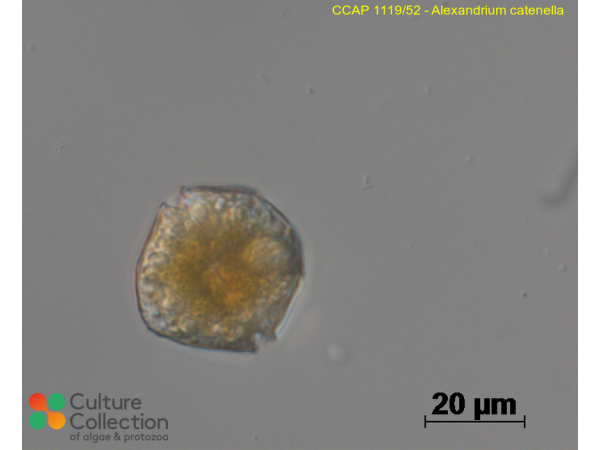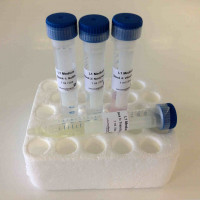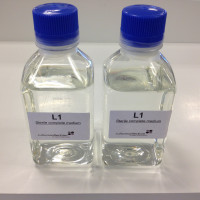Note: for strains where we have DNA barcodes we can be reasonably confident of identity, however for those not yet sequenced we rely on morphology
and the original identification, usually made by the depositor. Although CCAP makes every effort to ensure the correct taxonomic identity of strains, we cannot guarantee
that a strain is correctly identified at the species, genus or class levels. On this basis users are responsible for confirming the identity of the strain(s) they receive
from us on arrival before starting experiments.
For strain taxonomy we generally use AlgaeBase for algae and
Adl et al. (2019) for protists.
| Attributes | |
| Authority | Litaker 2014 |
| Isolator | Laabir (2003) |
| Collection Site | Thau Lagoon, France |
| Archive Date | 2024-02-15 10:20:08 |
| Archive Reason | Temporary - Uncertain ID |
| Notes | Toxic strain, produces PSP toxins, see Laabir et al. 2013; from a seawater sample collected during a toxic bloom event in October 2003; sequences and phylogenetic tree re-identified this strain as A. pacificum April 2022 (paper in prep). |
| Axenicity Status | Bacteria present |
| Area | Europe |
| Country | France |
| Environment | Marine |
| GMO | No |
| Group | Dinoflagellate |
| Original Designation | ACT03 |
| Pathogen | Not pathogenic: Hazard Class 1 |
| Strain Maintenance Sheet | SM_MarineDinoflagellates.pdf |
| Toxin Producer | Toxic |
| Type Culture | No |
| Taxonomy WoRMS ID | 231873 |
| Formerly Listed in CCAP as | Alexandrium catenella |
CCAP 1119/52
Alexandrium pacificum
- Product Code: CCAP 1119/52
- Availability: Archived
Related Products
CCAP MAL1-C
L1 Medium
CONCENTRATED STOCKS
Non-sterile concentrated stocks to make up 5 litres of L1 medium. L1 medium is used for culturing m
CCAP MAL1-P
L1 Medium
1 LITRE PREMADE
1 litre of sterile, ready to use, L1 medium. L1 medium is used for culturing marine dinoflagellates



